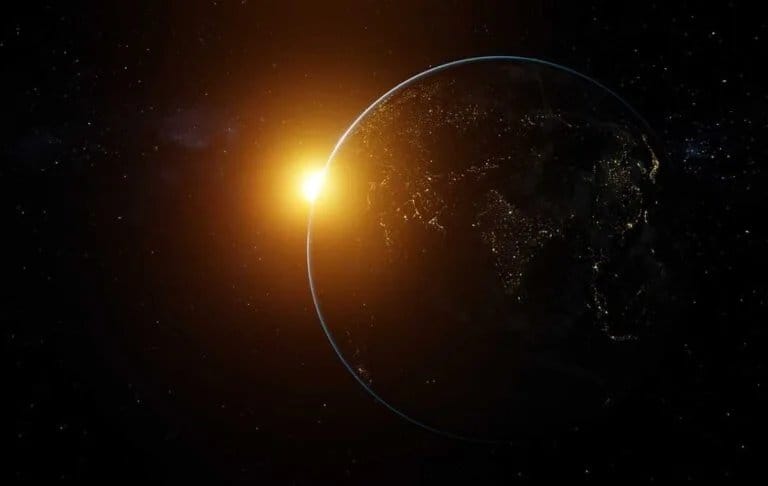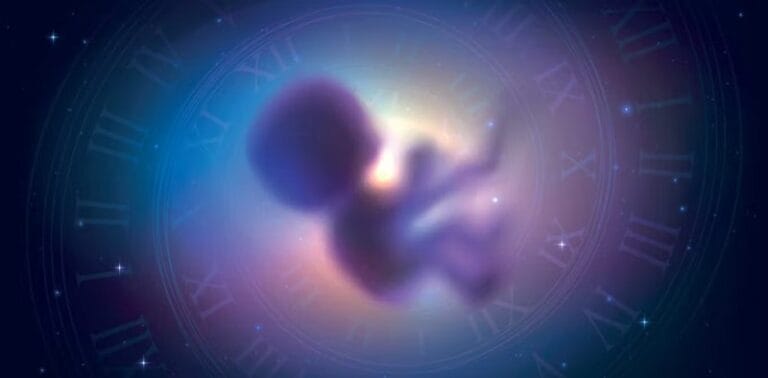New model calculates chances of intelligent beings in our universe and beyond

A new theoretical model offers a way to estimate the likelihood of intelligent life emerging in our universe—and in any hypothetical universes beyond. This approach has similarities to the well-known Drake Equation, devised by American astronomer Dr. Frank Drake in the 1960s to estimate the number of detectable extraterrestrial civilizations within our Milky Way galaxy.
Now, over 60 years later, a team of astrophysicists led by Durham University has developed a different model that instead examines how the accelerating expansion of the universe and the rate of star formation influence the potential for life.
This expansion is believed to be driven by dark energy, a mysterious force comprising over two-thirds of the universe’s content.
Since stars are essential for the emergence of life as we know it, this model could help estimate the probability of intelligent life developing not only in our universe but also in hypothetical universes across a multiverse.
Unlike previous approaches that aim to calculate the total number of intelligent observers in the universe, this new research focuses on the relative likelihood of a randomly chosen observer existing in a universe with specific properties. The study, published in Monthly Notices of the Royal Astronomical Society, concludes that a typical observer might expect to see a much higher density of dark energy than what we observe—suggesting that our universe is a rare and unusual case within the multiverse.
The researchers’ method calculates the fraction of ordinary matter that has been converted into stars throughout the universe’s history, varying the density of dark energy in different scenarios. According to their model, a universe that maximizes star formation would convert around 27% of its ordinary matter into stars, compared to 23% in our universe.
This means that we do not inhabit the hypothetical universe with the greatest potential for creating intelligent life. In other words, the dark energy density in our universe is not optimal for maximizing life’s chances, based on the model’s predictions.

Lead researcher Dr. Daniele Sorini, of Durham University’s Institute for Computational Cosmology, said, “Understanding dark energy and the impact on our universe is one of the biggest challenges in cosmology and fundamental physics.
“The parameters that govern our universe, including the density of dark energy, could explain our own existence.
“Surprisingly, though, we found that even a significantly higher dark energy density would still be compatible with life, suggesting we may not live in the most likely of universes.”
The new model could help scientists explore how varying densities of dark energy impact the formation of cosmic structures and the conditions necessary for life to emerge.
Dark energy drives the universe’s accelerated expansion, counterbalancing gravity and enabling a balance where both cosmic expansion and structure formation can occur. However, for life to arise, there must be stable regions where matter can coalesce to form stars and planets and where these conditions persist for billions of years, allowing time for life to evolve.
Importantly, the research suggests that the astrophysics of star formation and the evolution of large-scale cosmic structures combine in a complex way to determine the optimal dark energy density for generating intelligent life.
Professor Lucas Lombriser, Université de Genève and co-author of the study, added, “It will be exciting to employ the model to explore the emergence of life across different universes and see whether some fundamental questions we ask ourselves about our own universe must be reinterpreted.”
Dr. Drake’s equation served primarily as a framework for guiding scientists in the search for extraterrestrial life, rather than as a precise calculation tool for determining the number of civilizations. It considered factors like the rate of star formation in the Milky Way, the fraction of stars with planets, and the number of planets that might support life.
In contrast, the new model links the rate of star formation across the entire universe with its fundamental components, particularly the density of dark energy. This approach allows researchers to explore how the universe’s composition influences its capacity to foster life.
The study was a collaborative effort involving scientists from the University of Edinburgh and the Université de Genève.






